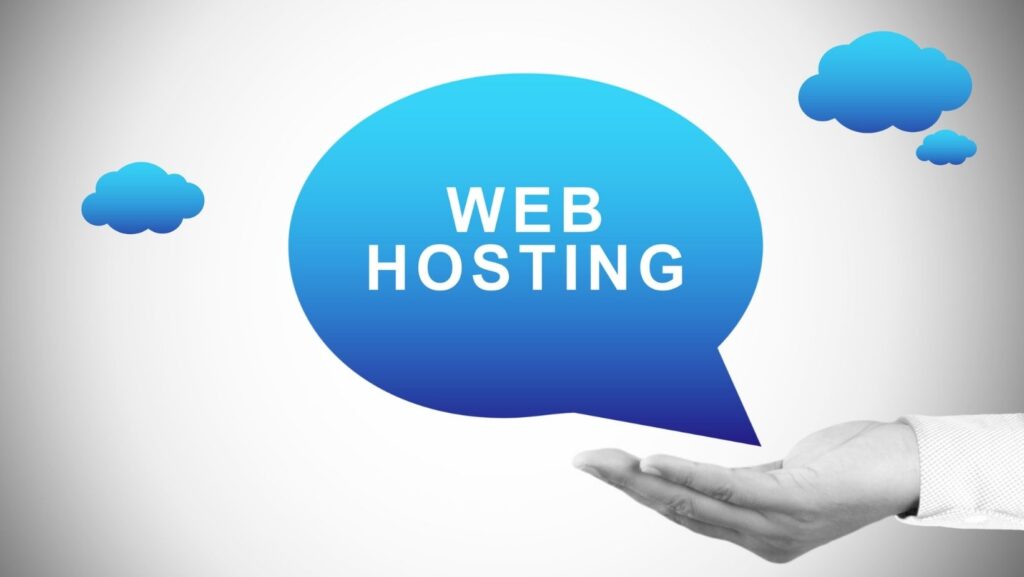Organizations across the globe have embraced Cloud technology, and many are in the process of migrating their current IT setup to the Cloud. Cloud service providers play a crucial role by offering technology insights and direction to their clients.
Companies today will decide to opt for this technology only when they find it beneficial to their business. Put simply, they’ll invest in that proposal which imparts them higher returns. Adopting Cloud technology undoubtedly offers several levers for enhancing the return on investment or ROI.
An application migration methodology leveraging a migration-as-a-service framework minimizes risks, addresses challenges, and brings foresight in the migration and execution plan. Here are some legacy migration techniques to help a business reap the maximum benefits.
Re-hosting
It’s also called the lift-and-shift strategy. Re-hosting is a migration strategy that will shift your entire application or its component to another Cloud, virtual, or physical infrastructure. There will be no changes to the code and functionalities of your application.
This strategy is a cost-efficient one that comes with lower risks. It’s much faster and keeps the underlying business logic of your application intact. It implies no adverse impact on any of your other business functions.
It provides cheaper up-front investment and enhances the security and stability of data. It also allows for continuous updates. It was using this strategy to move to SQL-based x86 architecture systems resulted in lesser purchase costs.
Replacing
Replacing entails removing the former application entirely and switching to a different solution that aligns perfectly with your company’s needs. This strategy is helpful when it’s problematic to maintain a legacy system because of multiple limitations.
In it, there’s no need to reuse the current business logic. But a certain level of re-engineering and rewriting logic is involved at this point.
Replatforming
The aim here isn’t to completely recreate the application. It means migrating your applications to a new platform. The process involves making fewer changes to the code to accommodate the new platform.
But it does not involve modifying the code structure, functions, and features. Rather than that, you adjust the systems until they run in different environments like the Cloud.
Refactoring
Refactoring entails restricting and optimizing the present code of the application without modifying its external front-end functionality.
It paves the way to resolve numerous technical issues and enhances the features of application components and structure. By recoding specific parts of an application, businesses can leverage Cloud-native features and attain greater cost-efficiency in the Cloud.
Re-architecting
It is the perfect solution for those wanting to migrate their application from a monolithic to a serverless architecture. This approach is driven by the needs of a business to provide new functionalities, performance, or scale.
These modifications are otherwise hard to achieve in the current environment of applications. Rearchitecting entails moving to another application architecture while modifying the code to leverage the platform’s new capabilities fully.
Rewriting
It means building a new system entirely from scratch, but it has similar functions. It’s a viable option when you desire more than what the existing system provides. Its best in the circumstance when the price of maintaining a legacy system appears more than the cost of rebuilding it.
An application migration strategy with properly defined templates, scripts, and automation processes enhances assessment and infrastructure migration from on-premises to highly efficient and cost-efficient cloud-based Azure services.
Well-thought-out cloud deployment techniques and strategies yield maximum returns over investments. You can pursue these results as monetary benefits or non-monetary benefits in terms of better business value, employee satisfaction, and productivity.













































































































